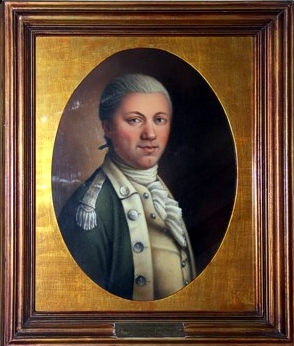
A statue to the Father of the U.S. Marine Corps is proposed for Bristol’s riverside park.
Last August, exciting news arrived in Bristol. The Marine Corps League of Pennsylvania requested a meeting with borough manager Jim Dillon. The Corps wants to erect a statue of Marine Major Samuel Nicholas in Bristol’s monument walk along the Delaware River. Nicholas, born a pacifist Quaker, founded the U.S. Marine Corps at the outset of the American Revolution. But why Bristol? Major Nicholas wasn’t born there. He never lived there nor saw action there. Yet there is a significant local tie.
Let me backtrack.
Nicholas was born in Philadelphia in 1744, the son of a Quaker blacksmith, graduate of the College of Philadelphia (now Pennsylvania University) and member of a Masonic Lodge. With hostilities growing between the Colonies and Great Britain, the Second Continental Congress on Nov. 28, 1775 asked Nicholas, 31, to be “Captain of Marines”. It was the first such commission in the Continental Navy.

The Marines were to be uniformed in green coats with white facings and high leather collars to ward off the slash of British swords. The mission was to protect Navy officers in ship-to-ship battles. At Tun Tavern in the city, Sam – nicknamed the “Quaker skipper” – enlisted 2,000 “Leathernecks” for the First and Second Battalion of the Continental Marines. The men were assigned to seven Navy warships afloat on the Delaware.
In January 1776, Congress ordered the armada to the Bahamas where Captain Nicholas led 234 Marines ashore in Nassau to seize Colonial gunpowder impounded at a British fort. The operation was a complete success, the first landing of what was to become the U.S. Marine Corps.
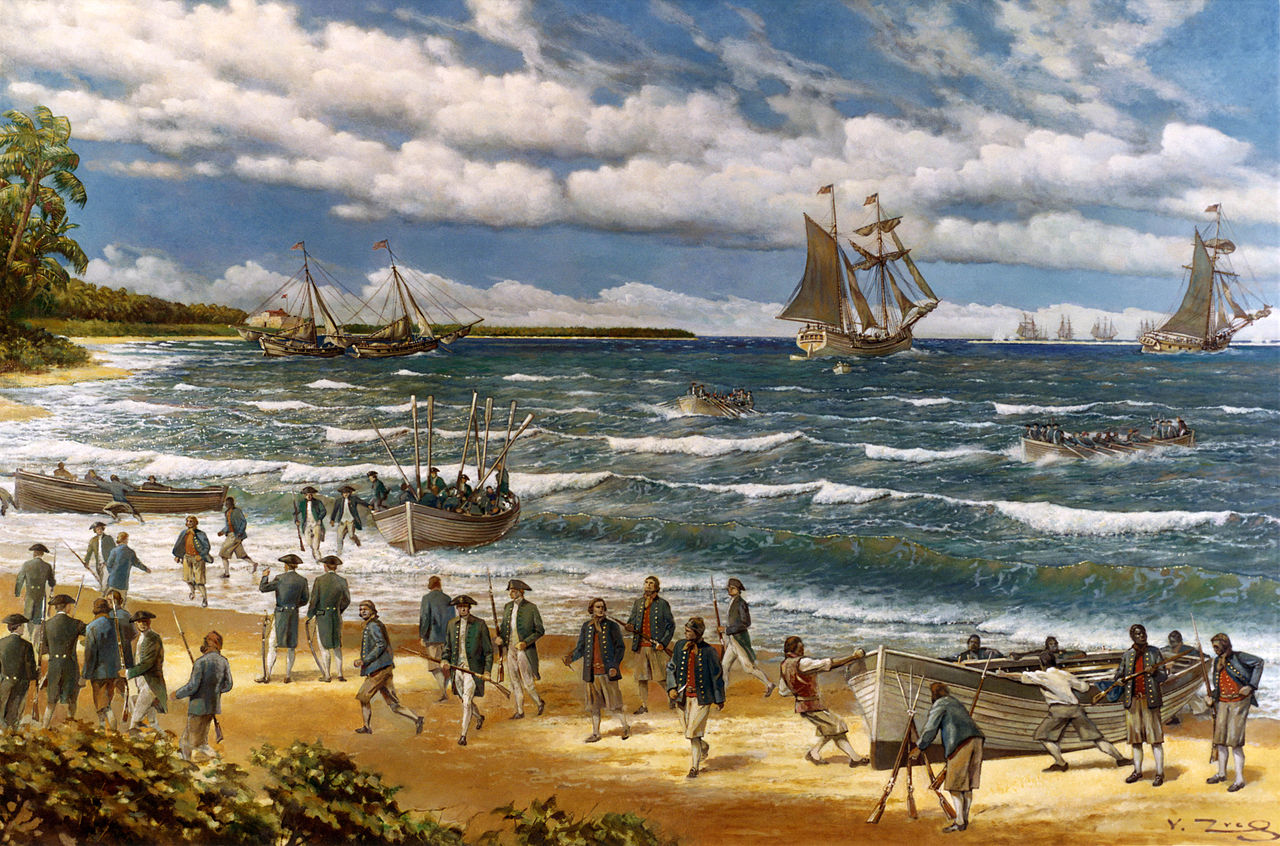
Nicholas returned to Philly triumphant. Congress promoted him to the rank of major and “head of the Marines” in June 1776. A month later, Congress declared independence from Britain, triggering the Revolutionary War. Nicholas and his men remained in the city to guard the fleet. With the British Army threatening from occupied New York, the major informed Congress in December he was in Bucks County. “I was ordered to march with three of the companies to be under the command of His Excellency, the Commander-in-Chief,” he wrote.
Encamped at Bristol, the Marines were attached to half of Gen. George Washington’s Continental Army under the command of Lt. Col. John Cadwalader. The plan was for Washington to cross the icy Delaware above Yardley on the eve of Christmas Day to attack Trenton from the north while Cadwalader crossed with his 2,700-man army at Dunk’s Ferry about 5 miles below Bristol to move on Trenton from the south.
It didn’t go well for Cadwalader. “The river was very full of floating ice, and the wind was blowing very hard, and the night was very dark and cold, and we had great difficulty crossing,” recounted Capt. Thomas Rodney. “When we reached the Jersey shore we were obliged to land on ice, 150 yards from the shore. . . . the boats with the artillery were carried away in the ice and could not be got over. We had to wait about three hours more to cover the retreat.”
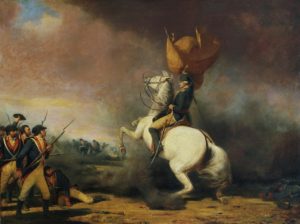
Returning to Bristol, the Marines and Cadwalader’s army successfully re-crossed the Delaware from Green Lane in Bristol after Washington learned that 5,400 British Redcoats were marching from Princeton to recapture Trenton. Washington’s combined force of 6,800 troops slowed the British advance on Jan. 2 in a bloody standoff along the city’s Assunpink Creek.
That night the Continental Army slipped away to the east and marched north to Princeton where Washington took the British rear guard by surprise. The Battle of Princeton on Jan. 3 was a rout, Major Nicholas and the Marines leading from the front. With the Redcoats in flight, Washington galloped after them, exulting, “It’s a fine fox chase, my boys!”
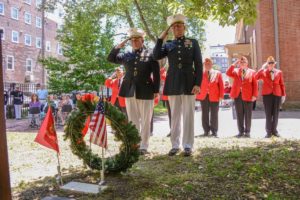
In the aftermath, British forces retreated back to New York. Despite Washington’s victories, the British army in the months ahead would march from the south to occupy Philadelphia until the revolutionaries retook the city in June 1778. With the war winding down in 1783 and the Marines being disbanded, Nicholas resumed civilian life. In 1790, he perished in Philadelphia’s yellow fever epidemic.
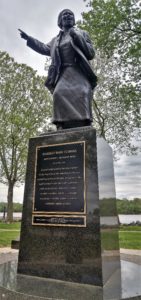
Eight years later, Congress reconstituted the Continental Marines as the U.S. Marine Corp. To this day the Marine Corps League annually memorializes Major Nicholas by laying a wreath above his grave in Philadelphia’s Arch Street Friends Graveyard on Memorial Day, July 4 and the Corps’ official Nov. 10 birthday. In Bristol, the idea of a statue to the Father of the Marines remains very active. Doug Forsythe, League commandant in Chester County, thinks Bristol’s riverside park is ideal. As he told me recently, “Absolutely we should move ahead on this.” Stay tuned.
Information for this column is drawn from David Hackett Fischer’s “Washington’s Crossing” published in 2004.
Carl LaVO is a retired Bucks County Courier Times editor and the author of 4 previous books for the Naval Institute Press. His most recent publication is the coffee table book “Bucks County Adventures” available at local bookstores or through his website, www.buckscountyadventures.org
